The Himalayas, the world’s highest mountain range, stretch across five countries: India, Nepal, Bhutan, China, and Pakistan. Known for their majestic peaks, including Mount Everest, the Himalayas offer unparalleled adventure opportunities. From trekking and mountaineering to exploring rich cultural landscapes, this ultimate guide will provide essential information for an unforgettable Himalayan adventure.
#1.Preparing for Your Himalayan Adventure
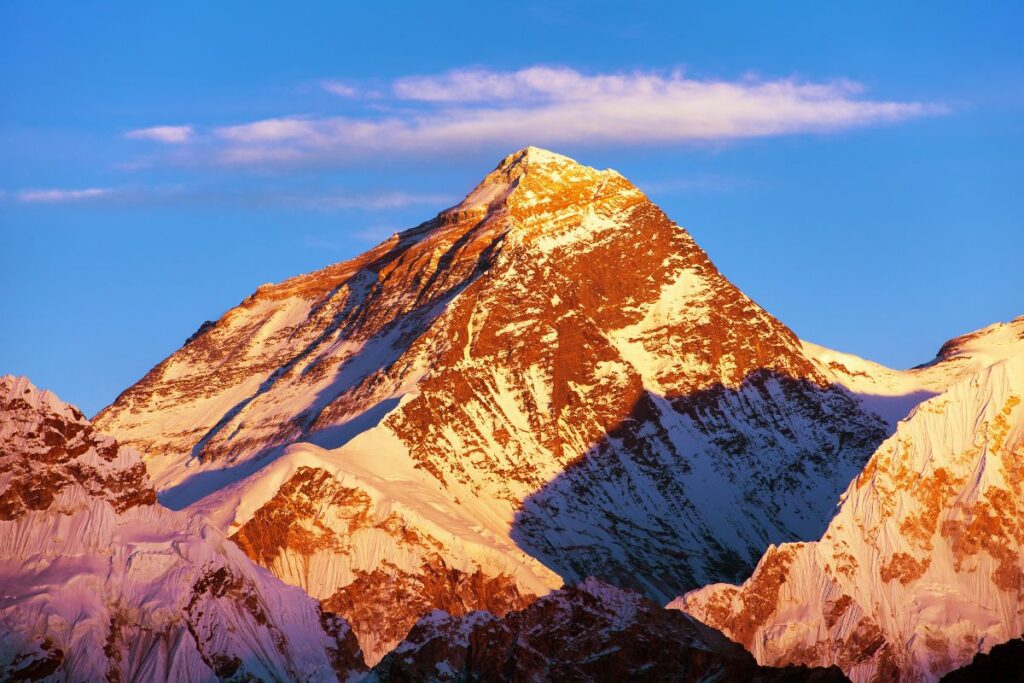
Best Time to Visit
The best time to visit the Himalayas depends on the region and the type of activities you plan to undertake:
- Spring (March to May): Ideal for trekking and mountaineering due to moderate temperatures and blooming rhododendrons.
- Summer (June to August): Suitable for high-altitude treks in regions like Ladakh and Zanskar. However, the monsoon season can cause landslides and challenging conditions in other areas.
- Autumn (September to November): Offers clear skies and stable weather, making it the best time for trekking and mountaineering across the Himalayas.
- Winter (December to February): Best for snow sports and lower-altitude treks. High passes may be inaccessible due to heavy snowfall.
Physical Preparation
Adventure activities in the Himalayas require good physical fitness. It is advisable to:
- Train Regularly: Engage in cardiovascular exercises, strength training, and endurance activities at least three months before your trip.
- Acclimatize Properly: Spend a few days at moderate altitudes to adapt to lower oxygen levels and reduce the risk of altitude sickness.
- Consult a Doctor: Get a medical check-up to ensure you are fit for high-altitude activities. Carry necessary medications for altitude sickness, allergies, and common ailments.
Essential Gear
Packing the right gear is crucial for a successful Himalayan adventure:
- Clothing: Layered clothing, including thermal wear, fleece jackets, waterproof outer layers, and sturdy hiking boots.
- Equipment: Trekking poles, a good-quality backpack, sleeping bag, tent (if camping), and a reliable map or GPS device.
- Accessories: Sunglasses, sunscreen, a first-aid kit, water purification tablets, and high-energy snacks.
#2. Popular Adventure Activities
Trekking
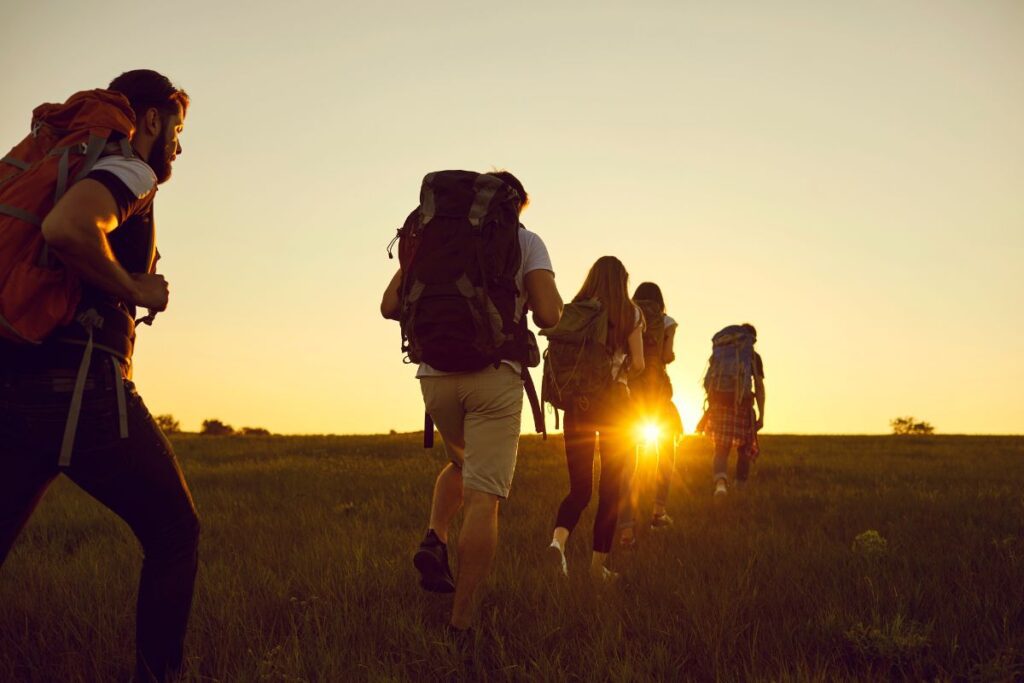
Trekking is the most popular adventure activity in the Himalayas. Some renowned trekking routes include:
- Everest Base Camp Trek (Nepal): This iconic trek offers stunning views of Mount Everest and takes you through Sherpa villages and monasteries. The trek typically takes 12-14 days.
- Annapurna Circuit (Nepal): A diverse trek that covers various landscapes, from subtropical forests to alpine meadows, and offers views of Annapurna and Dhaulagiri ranges. The trek usually takes 15-20 days.
- Markha Valley Trek (India): Located in Ladakh, this trek passes through remote villages, high-altitude deserts, and the Hemis National Park. It takes around 8-10 days.
- Chadar Trek (India): A unique winter trek on the frozen Zanskar River in Ladakh. It is a challenging trek that takes 8-9 days and is best suited for experienced trekkers.
Mountaineering
For those seeking more extreme challenges, the Himalayas offer numerous peaks for mountaineering:
- Mount Everest (8,848m, Nepal): The ultimate mountaineering challenge, requiring extensive experience and preparation. Expeditions typically last around 60 days.
- Kangchenjunga (8,586m, India/Nepal): The third-highest peak in the world, known for its remote and less-crowded routes. Expeditions take about 50-60 days.
- Ama Dablam (6,812m, Nepal): Known for its stunning beauty and technical climbing routes. A typical expedition lasts around 30 days.
Cultural Exploration
The Himalayas are rich in cultural heritage, with diverse traditions and ancient monasteries:
- Leh and Ladakh (India): Explore Buddhist monasteries like Hemis, Thiksey, and Diskit. Experience local festivals such as Hemis Festival and Losar (Tibetan New Year).
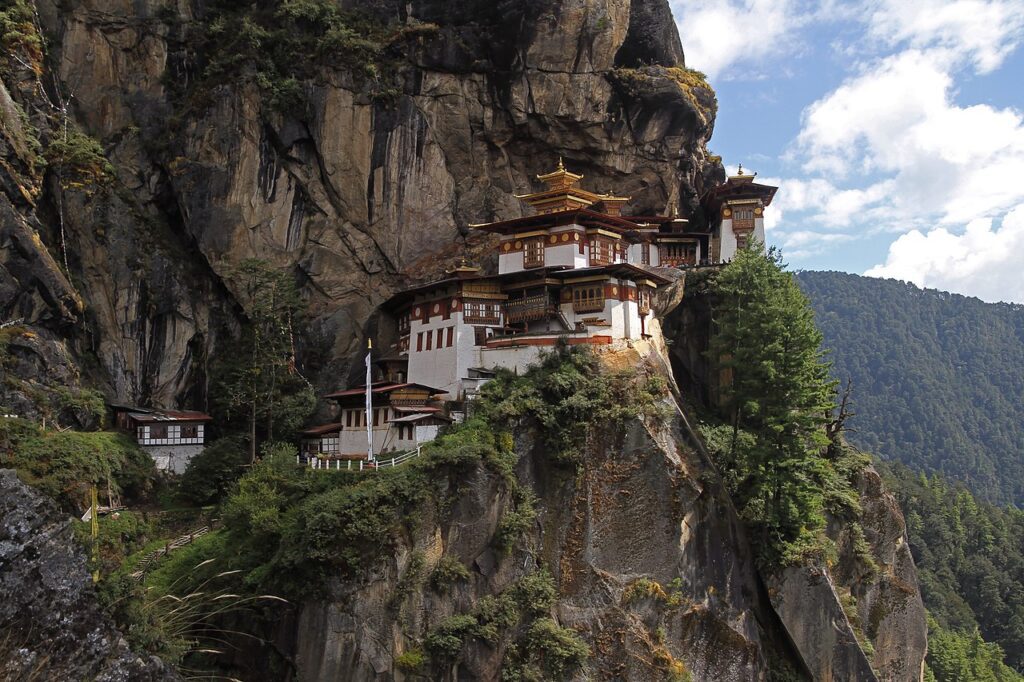
- Bhutan: Visit the Paro Taktsang (Tiger’s Nest) monastery, Punakha Dzong, and experience the unique Bhutanese culture and festivals like Paro Tshechu.
- Nepal: Explore Kathmandu Valley’s UNESCO World Heritage Sites, including Swayambhunath (Monkey Temple), Pashupatinath Temple, and Bhaktapur Durbar Square.
You May Also Like These
#3. Safety and Environmental Considerations
Altitude Sickness
Altitude sickness can affect anyone at elevations above 2,500 meters. Symptoms include headache, nausea, dizziness, and fatigue. To prevent and manage altitude sickness:
- Ascend Gradually: Increase your altitude slowly, allowing your body time to acclimatize.
- Stay Hydrated: Drink plenty of water and avoid alcohol and caffeine.
- Recognize Symptoms: If symptoms worsen, descend to a lower altitude immediately and seek medical help.
Environmental Responsibility
The Himalayas’ fragile environment requires responsible tourism practices:
- Leave No Trace: Pack out all trash, avoid littering, and respect wildlife and natural habitats.
- Sustainable Practices: Use eco-friendly products, support local businesses, and minimize the use of plastic.
- Cultural Sensitivity: Respect local customs, traditions, and dress codes. Seek permission before photographing people or religious sites.
#4. Logistics and Travel Tips
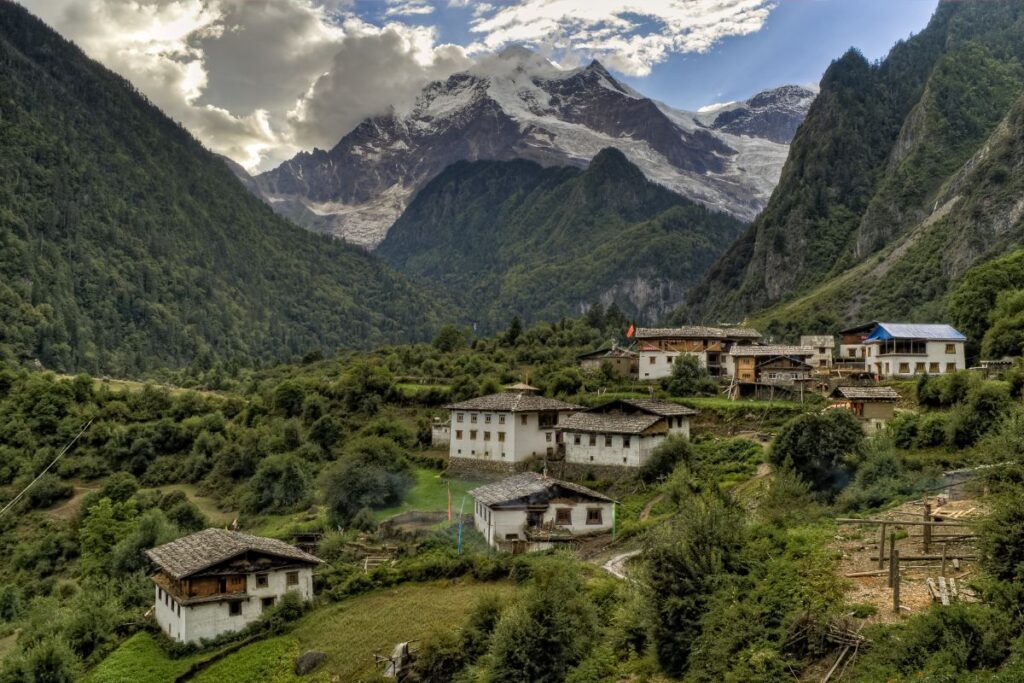
Permits and Regulations
Many Himalayan regions require permits for trekking and mountaineering:
- Nepal: Trekkers need a TIMS (Trekkers’ Information Management System) card and permits for specific regions, such as the Annapurna Conservation Area Permit (ACAP) and Sagarmatha National Park Permit.
- India: Permits are required for regions like Ladakh, Sikkim, and Arunachal Pradesh. The Inner Line Permit (ILP) is mandatory for certain areas.
- Bhutan: All tourists must book their trip through a licensed Bhutanese tour operator. A daily fee covers accommodation, meals, transport, and a guide.
Accommodation and Food
Accommodation options vary from luxury hotels to basic teahouses and tents:
- Teahouses: Common on popular trekking routes, offering basic lodging and meals. They provide an authentic local experience.
- Camping: Required in remote areas without teahouses. Ensure you carry all necessary camping gear and food supplies.
- Hotels and Guesthouses: Available in cities and larger towns, offering a range of amenities.
Local Transportation
Navigating the Himalayas requires planning due to its challenging terrain:
- Domestic Flights: Quick and convenient for accessing remote regions. Flights to Lukla (for Everest) and Leh are popular.
- Road Travel: Buses, jeeps, and taxis are common modes of transport. Roads can be rough and prone to landslides, so plan for delays.
- Porters and Guides: Hiring local porters and guides supports the local economy and enhances your safety and experience.
You May Also Like These
Conclusion
The Himalayas offer a unique blend of natural beauty, adventure, and cultural richness. Whether you’re trekking through picturesque valleys, scaling towering peaks, or immersing yourself in local traditions, this ultimate adventure travel guide will help you prepare for an extraordinary journey. Embrace the spirit of adventure, respect the environment, and experience the magic of the Himalayas.

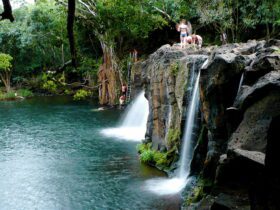
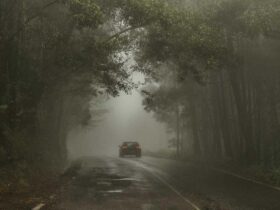




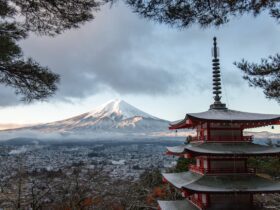

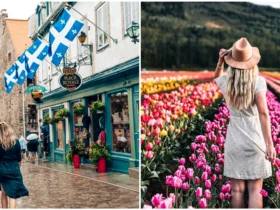


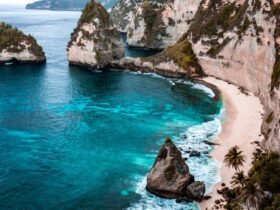





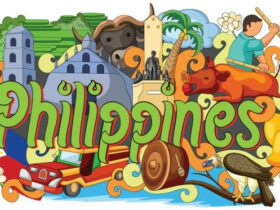



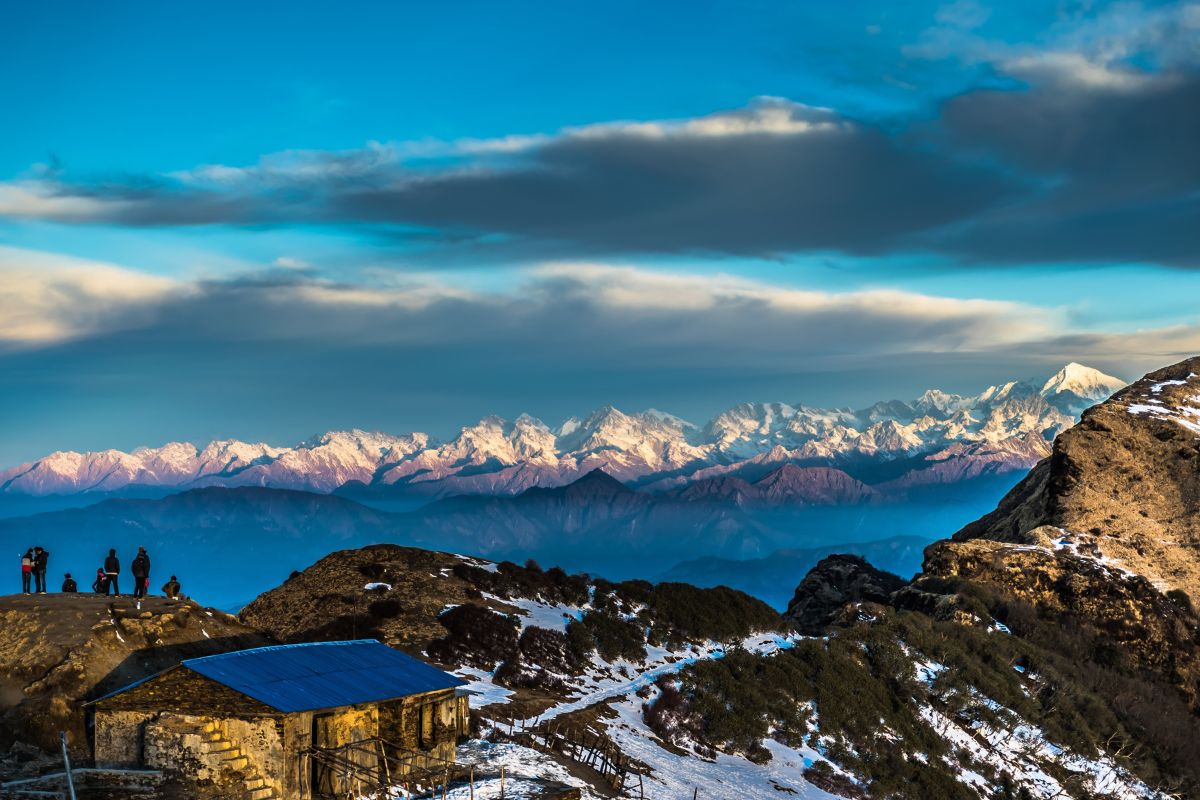
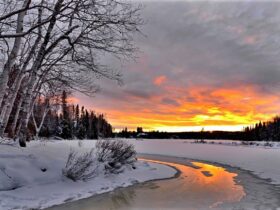




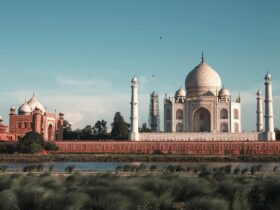
Leave a Reply
View Comments